How a New Bill Would Shape the Future of Autonomous Trucking originally appeared on Autoblog.
What’s in Congress’s autonomous trucking bill
Congress has introduced new legislation that would create a regulatory framework for U.S. autonomous trucking. The bill, introduced by U.S. Representative Vince Fong from California, is named the “AMERICA DRIVES” act, which stands for the “Autonomous Mobility Ensuring Regulation, Innovation, Commerce, and Advancement Driving Reliability in Vehicle Efficiency and Safety Act.” Fong notes that establishing a national standard for this industry would help avoid varying state-by-state requirements.
If passed, the law would grant self-driving trucks with Level 4 or Level 5 autonomy permission to operate on interstates without an onboard human driver or a remote safety operator. Advocates of the bill argue that such approval would advance America’s position in the self-driving race while also helping solve a nationwide shortage of drivers. According to AltLine, the U.S. has a truck driver staff shortage of 24,000, resulting in the domestic freight industry missing out on $95.5 million weekly. Representative Fong said, “While Europe and China are rapidly integrating autonomous trucks into their supply chains, America is asleep at the wheel, hamstrung by a confusing patchwork of state regulations that threaten public safety, innovation, and economic growth,” Advanced Clean Tech News reports.
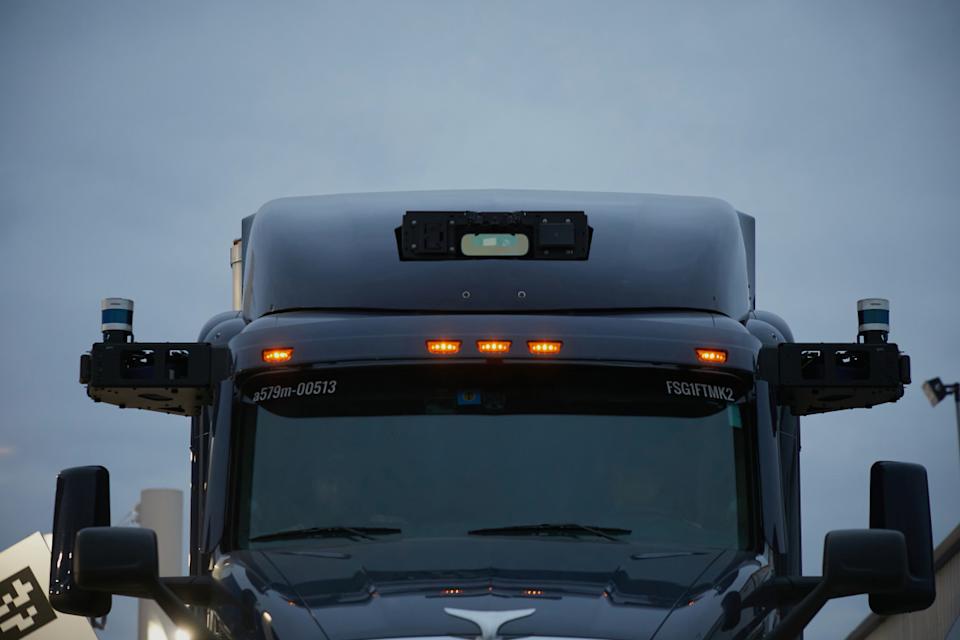
Fong’s bill would exempt autonomous trucks from human-specific requirements enforced by the U.S. Department of Transportation (USDOT) and the Federal Motor Carrier Safety Administration (FMCSA), such as hours of service, drug testing, commercial driver’s licenses, and certain physical qualifications. Self-driving trucks would also be able to contain cab-mounted flashing warning beacons signaling a disabled status—a feature previously barred under federal law. Cab-mounted flashing warning beacons would replace the traditional human-led response of placing warning triangles on the ground near disabled vehicles.
Fong’s legislation would request that the USDOT and the FMCSA update federal regulations by 2027. There are 35 states allowing some form of autonomous truck testing or deployment, while other states have restrictive or conflicting regulations, according to Overdrive Online. The bill has been referred to the House Committee on Transportation and Infrastructure, where it needs approval before heading to the full House.
Fong and other AMERICA DRIVES advocates can expect pushback
The Owner-Operator Independent Drivers Association (OOIDA) wrote to the National Highway Traffic Safety Administration (NHTSA) in March promoting a cautious approach to autonomous trucking that emphasizes public transparency. OOIDA President Todd Spencer said, “While autonomous vehicles might improve safety under certain conditions, they create new risks with dangerous outcomes. OOIDA has advocated for autonomous vehicle standards that are based on documented research and testing data. OOIDA supports mandatory testing, safety, and crash-reporting requirements that will provide the public with direct and easy access to information about autonomous vehicle performance,” Land Line Media reports.
Missy Cummings, Director of George Mason University’s Autonomy and Robotics Center, identified phantom braking—unexpected braking during self-driving—as a key hurdle autonomous trucks must overcome to achieve success. She added that a failure to address phantom braking in trucking will negatively impact the rollout of self-driving passenger cars.
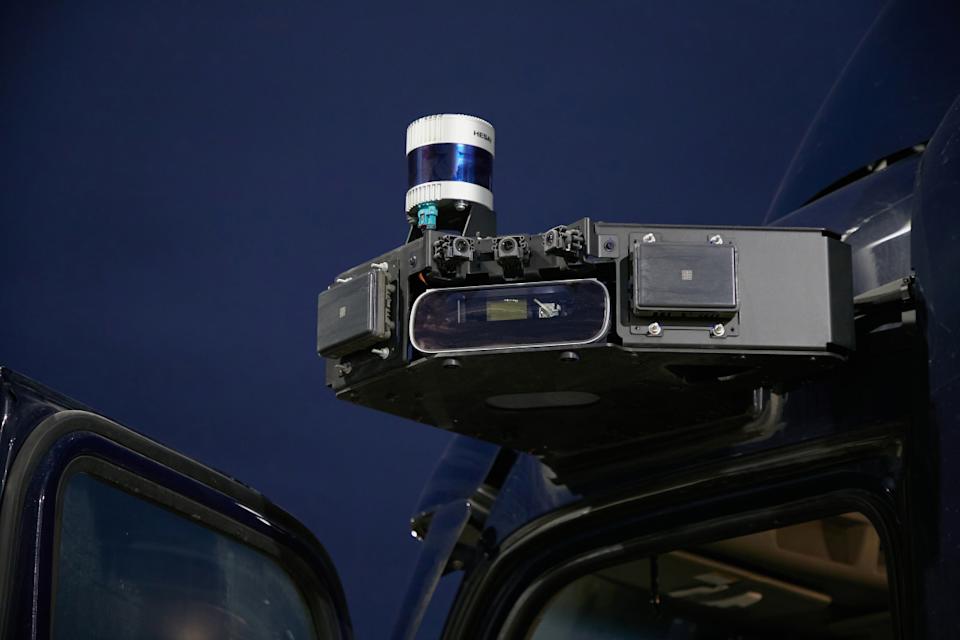
Final thoughts
Advocates of AMERICA DRIVES, such as U.S. Representative Fong, believe that the bill will resolve a complicated patchwork of state-level rules that could hinder America’s progress in autonomy while simultaneously addressing a driver shortage. According to the Washington Examiner, 75% of all U.S. freight is delivered by truck, and an overworked and under-resourced industry results in slower deliveries and higher prices. Chinese companies are already deploying autonomous driving systems at scale across over 85% of China’s national highways, placing increasing pressure on Washington to update regulations while keeping safety at the forefront.
How a New Bill Would Shape the Future of Autonomous Trucking first appeared on Autoblog on Jul 31, 2025
This story was originally reported by Autoblog on Jul 31, 2025, where it first appeared.

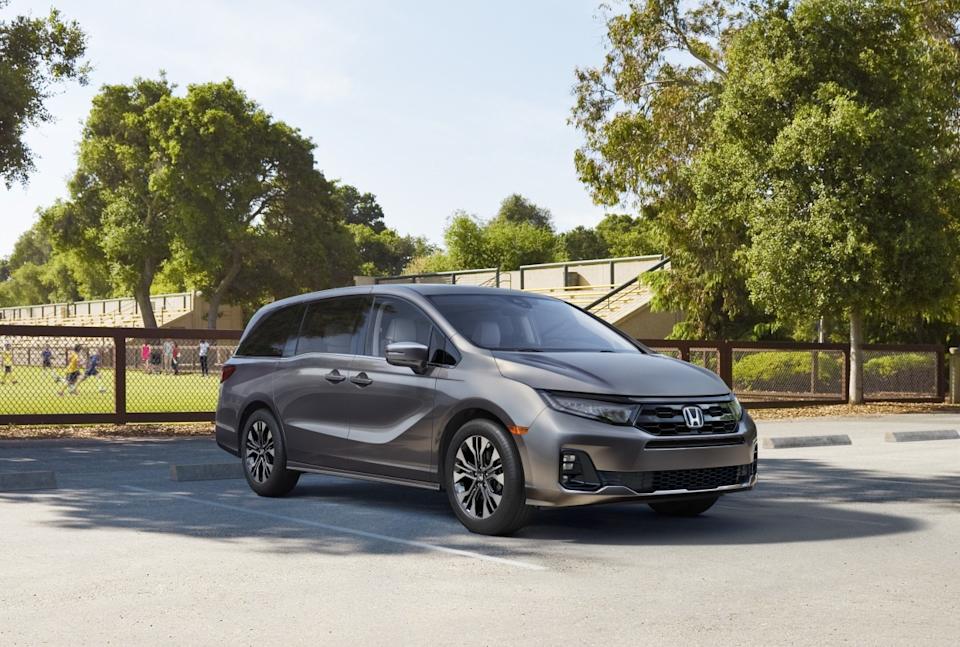



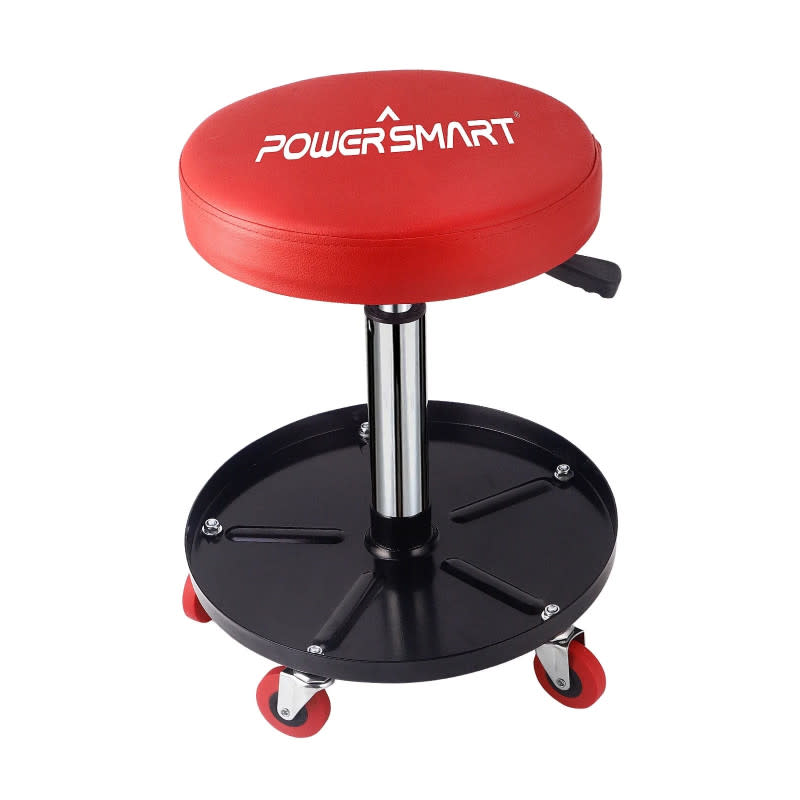

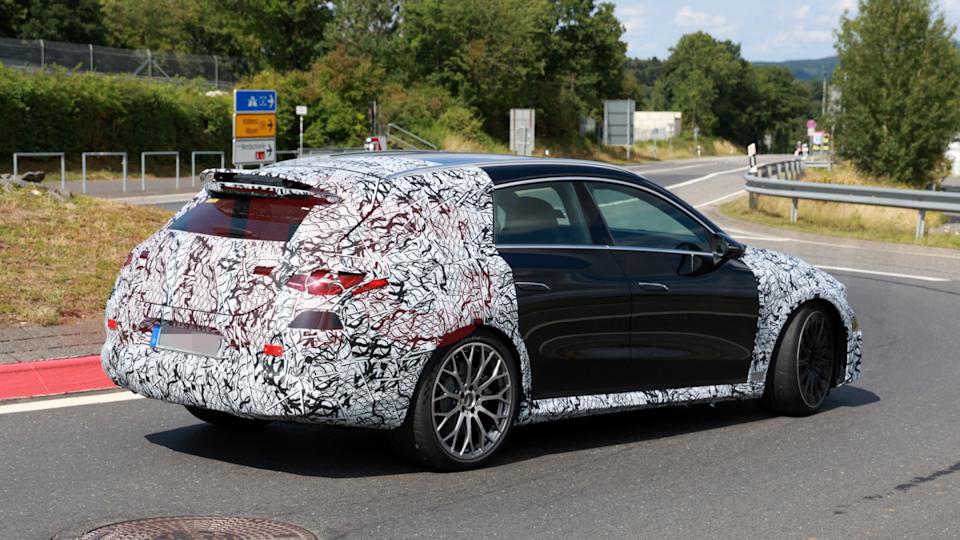
Comments